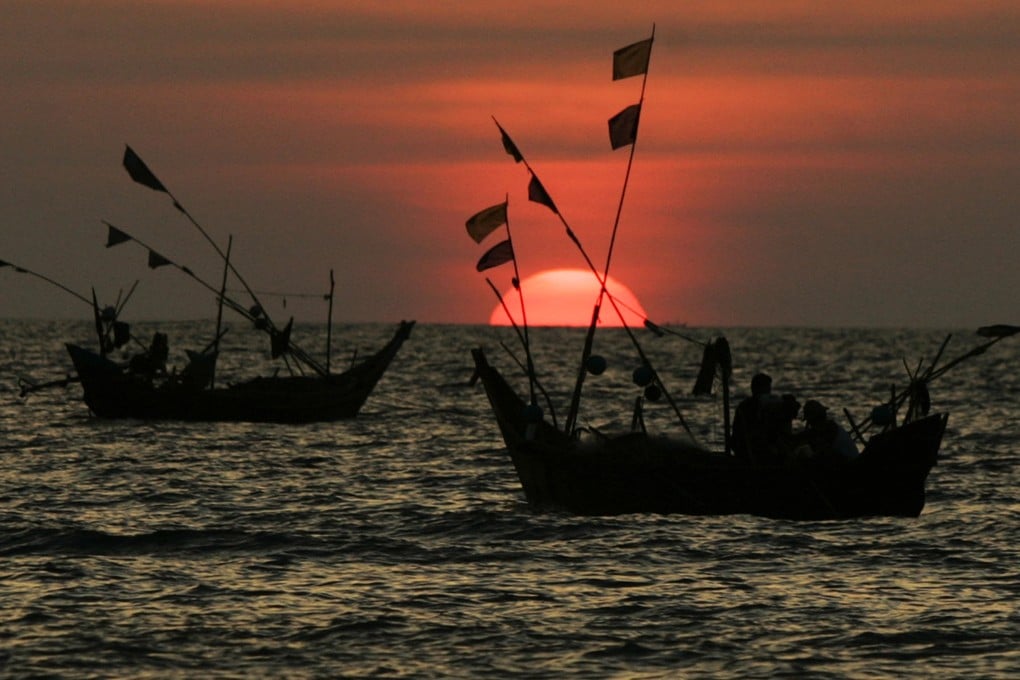Opinion | Will China's revived silk routes encounter favourable trade winds?
Philip Bowring says given the ebbs and flows of East-West trade, China's revival of its land and maritime links faces many new challenges, especially amid rising economic nationalism

China's launch of twin drives to develop modern versions of the Silk Road and Maritime Silk Route is a reminder of the varied history of these East-West links. For more than 2,000 years, both have waxed and waned, whether as a result of technological development, politics or shifting patterns of trade.
The land routes which took silk from China to India, Central Asia, Persia, Greece, Rome and Egypt were the first to come into existence, though Rome was probably not a destination until about 2,100 years ago. Links with India were far more important and took Buddhism, ivory, pepper and precious oils and woods to China. But land trade, never easy because of the mountains, deserts and distances, was always subject to political conditions en route.
Thus at a time, around the beginning of the current era, when Roman demand was rising fast, the trade was impeded by conditions in Central Asia. This was eventually to lead to the first of several shifts back and forth between land and sea. Rome already had very extensive trade with Arabia, Persia and India, both direct from the Red Sea or via the African coast. India, in turn, traded with Southeast Asia, ships from the Malay peninsular and Sumatra bringing gold and forest products to the Ganges delta and south India while Indian merchants took Hindu and Buddhist beliefs and culture eastward. China was linked as sailor-traders from Funan in the Mekong delta regions provided landward links across the Malay peninsular to meet Indian merchants at Andaman sea ports.
By about AD400, Malay sailors had developed direct routes using the seasonal winds between Guangzhou and India via the Sumatra coast and Malacca Strait. This route took Chinese Buddhist monks such as Faxian in the 5th century and Yijing in the 7th, to study at what are now Palembang and Jambi in Sumatra, as well as to India and Sri Lanka. Sumatra to Guangzhou was estimated to take 40 days, a speed not excelled for 1,000 years. They also enabled southern China to trade overseas even while the land route was blocked by the division of China into northern and southern states.
Thus were the foundations laid for the trade that flourished during the Tang and Song dynasties, with Arabs and Persians becoming the predominant intermediaries. Nonetheless, it remained slow and hazardous, while during the long period when Central Asia was prospering and mostly stable during the 8th to 13th centuries, the land route was favoured, at least for goods from north and central China.
The sea did not return to dominance until European ships, able to sail against contrary winds, changed the pattern of global trade and politics. They were initially driven not by the prospects of the China trade but of the spices of Southeast Asia.
